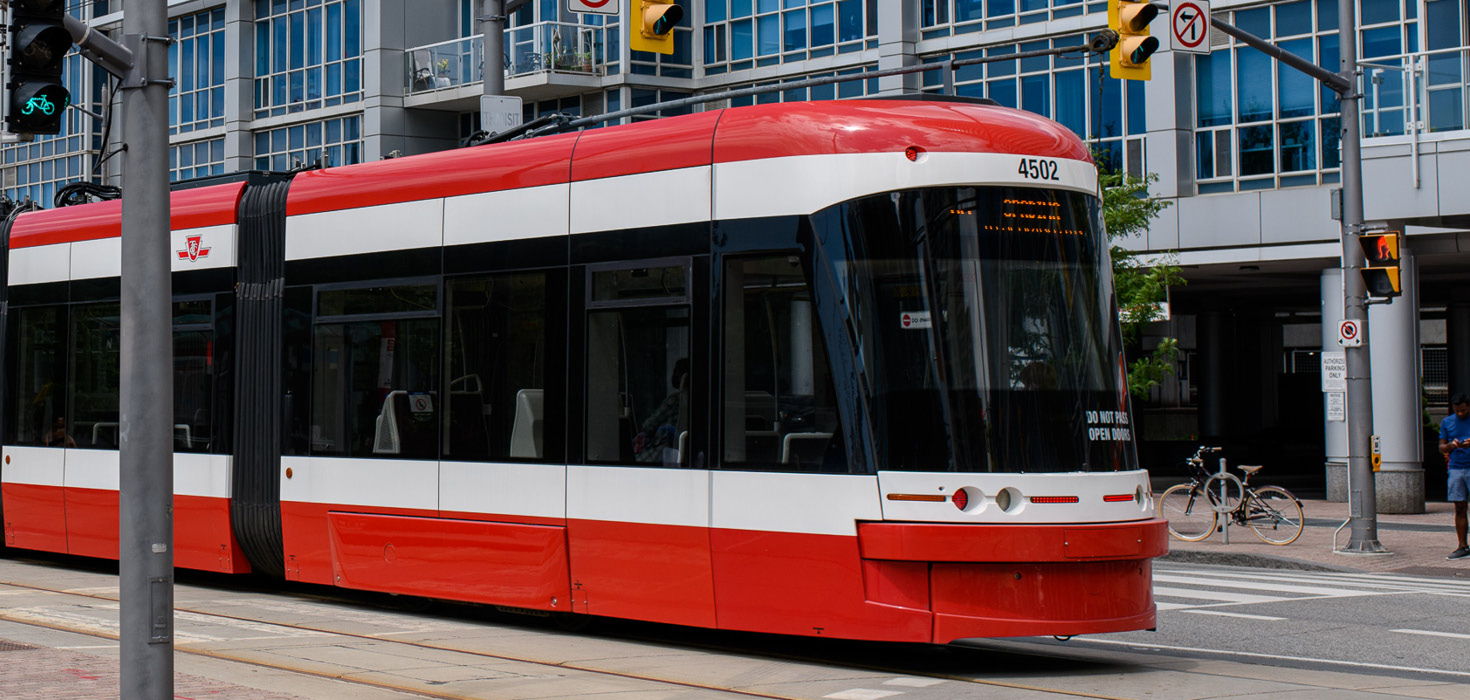TORONTO, ON, March 29, 2021 — Toronto’s continued growth is expected to place additional pressure on the region’s transportation system, resulting in longer commutes and increased congestion. However, a just-released report by the Toronto Region Board of Trade outlines how much of the infrastructure for a solution to this issue already exists.
In Getting on the Right Track: Connecting Communities with Regional Rail, it is made clear that the most effective and economical way to meet the Toronto region’s growing transportation challenges is to build a regional rail network – the Trillium Regional Rail Network – using the pre-existing 450 km network of legacy rail corridors that radiate in all directions from Toronto’s urban core.
“Despite having excellent GO Transit service in the 905 region for rush-hour commuters heading downtown, public transit is far more limited for other types of trips,” states Jan De Silva, President and CEO of the Toronto Region Board of Trade. “Many people regularly rely on driving, which is not only the largest contributor to greenhouse gas emissions in our region, but also creates congestion that hinders the movement of goods in Canada’s Innovation Corridor – a major contributor to our economy and our region’s business competitiveness,” she adds.
The Getting on the Right Track report makes the case for regional rail as the most economically efficient way to meet the Toronto region’s transportation challenges. By using global best practices such as two-way-all-day service as well as seamless integration with local transit, the region could maximize its existing 450 km network to move over 300,000 people per hour into the downtown core versus 30,000 per hour on the Yonge subway—all without needing to build major infrastructure. Recreating this existing rail network at present-day rapid transit construction costs would be a $337.5 billion expenditure.
The report also notes that regional rail is a cost-effective means to extend the reach of rapid transit throughout the region without digging a single tunnel. This would also have tremendous benefit to equity-seeking communities. For example, instead of needing to ride the bus all the way from Malvern to the overcrowded Yonge subway or the RT to get downtown, northeast Scarborough residents could take a short bus ride to the Stouffville rail corridor, which would save them as much as eighty minutes on a round-trip downtown.
So, what could regional rail look like in practice? Imagine a network that consists of a base of four lines and nine services, serving the Lakeshore, Stouffville, Kitchener, and Barrie corridors with all-day electrified service. If compatible with freight service, the Milton corridor could also be included. Other key elements of a Trillium Regional Rail Network would include:
- Turn Up and Go Service Plan: On the busiest corridors, particularly through densely populated areas closer to the core, service could be as frequent as a train every five minutes, ensuring adequate capacity that mirrors the subway
- Modern Electric Trains: Trains will be designed to provide adequate seating for long-distance travellers but will be optimized for frequent turnover like the subway or trains currently operated in Europe and Asia
- Integrated Fare Policy: This will provide riders with a seamless journey in which they can also use buses, subways, and LRT.*
- A Transformed Union Station: With fewer but much wider, safer, and more comfortable platforms designed to enable riders to wait for their trains on the platform and for trains to load and unload quickly, Union Station will be converted from a traditional intercity station to an urban regional rail station.
“Implementing regional rail in the Toronto region will reduce congestion, improve air quality, and lower the region’s carbon footprint for a fraction of what it would cost to build a cross-regional network of corridors from scratch,” says De Silva. “Regional rail has the potential to increase access to jobs and services for residents and increase access to talent for employers – which are both necessary to position our region for a strong economic recovery,” she concludes.
* This recommendation builds on the Board’s previous transportation report, Erasing the Invisible Line, released in November, 2020.
The Toronto Region Board of Trade is one of the largest and most influential business chambers in North America and is a catalyst for the region’s economic agenda. We pursue policy change to drive the growth and competitiveness of the Toronto region and facilitate market opportunities with programs, partnerships and connections to help our members succeed – domestically and internationally.
Media Contact
Andrew Perez, Media Relations Manager
647-290-2171
media@bot.com


